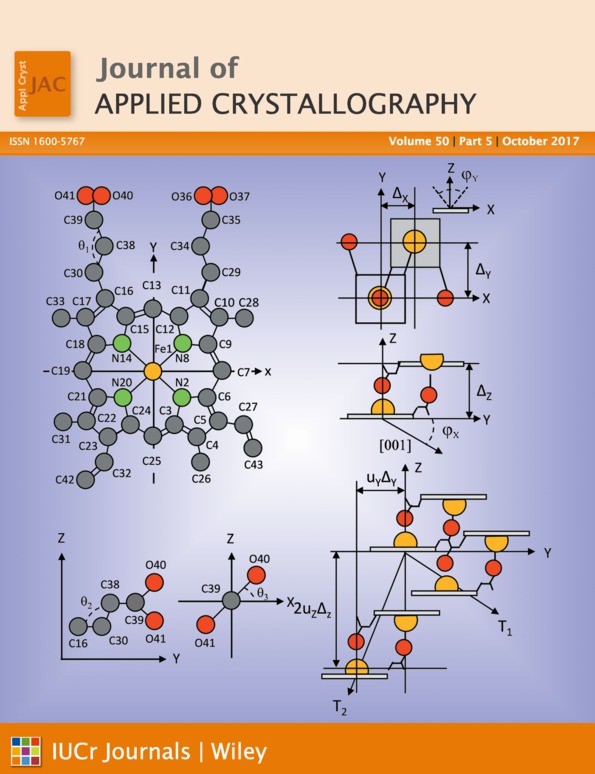Spatially resolved texture analysis of Napoleonic War era copper bolts
Abstract
The spatial resolution achievable by a time-of-flight neutron strain scanner has been harnessed using a new data analysis methodology (NyRTex) to determine, nondestructively, the spatial variation of crystallographic texture in objects of cultural heritage. Previous studies on the crystallographic texture at the centre of three Napoleonic War era copper bolts, which demonstrated the value of this technique in differentiating between the different production processes of the different types of bolts, were extended to four copper bolts from the wrecks of HMS Impregnable (completed 1786), HMS Amethyst (1799), HMS Pomone (1805) and HMS Maeander (1840) along with a cylindrical `segment' of a further incomplete bolt from HMS Pomone. These included bolts with works stamps, allowing comparison with documentary accounts of the manufacturing processes used, and the results demonstrated unequivocally that bolts with a `Westwood and Collins' patent stamp were made using the Collins rather than the Westwood process. In some bolts there was a pronounced variation in texture across the cross section. In some cases this is consistent with what is known of the types of hot and cold working used, but the results from the latest study might also suggest that, even in the mature phase of this technology, some hand finishing was sometimes necessary. This examination of bolts from a wider range of dates is an important step in increasing our understanding of the introduction and evolution of copper fastenings in Royal Navy warships.




